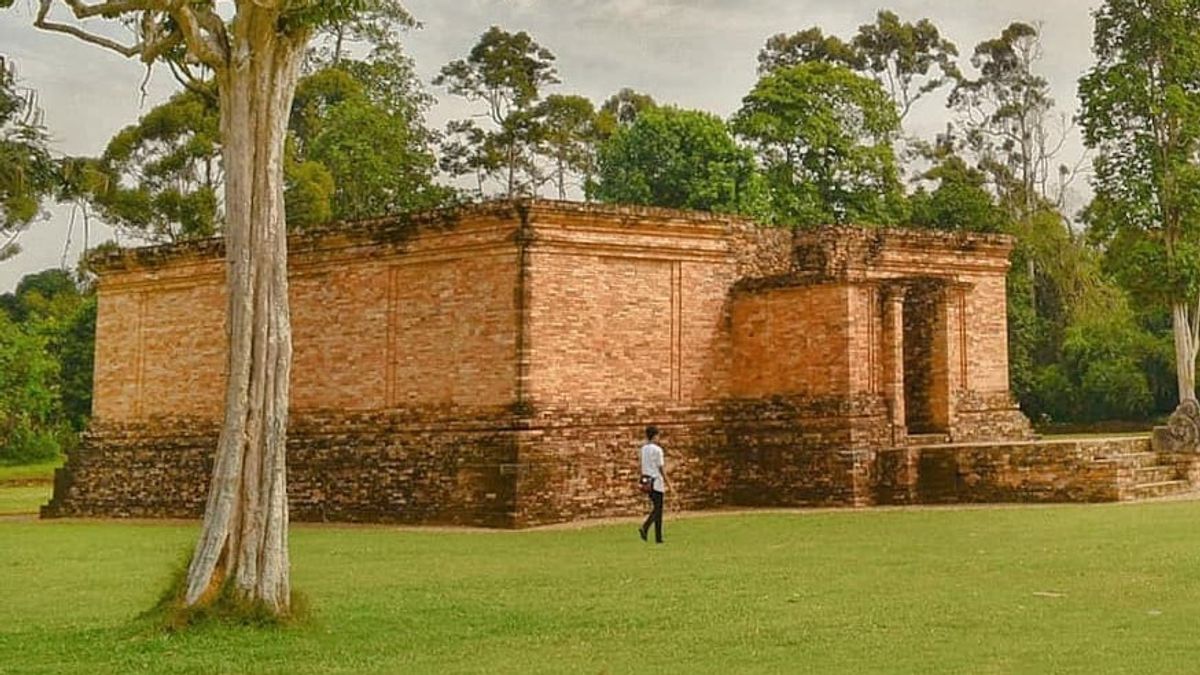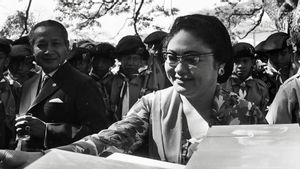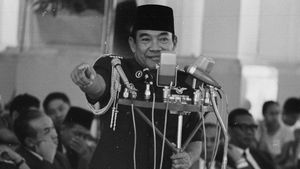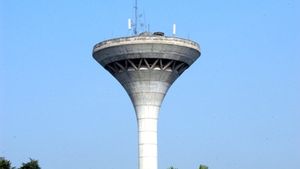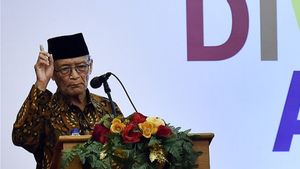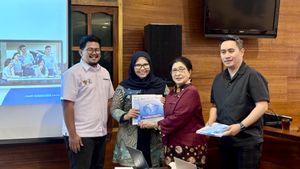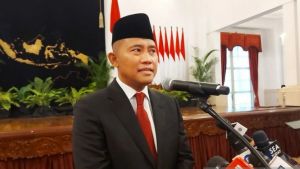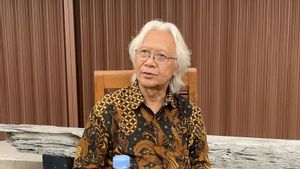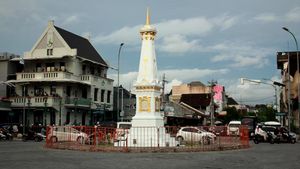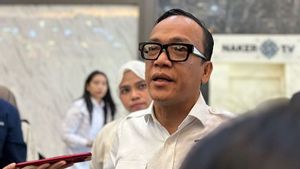JAKARTA - There is no greater title in the Malay kingdom than the Golden Island. In the seventh century, the Malay Kingdom was not only a rich kingdom but also a superpower. Some historical sources say that the old kingdom was able to control trade in the Malacca Strait.
However, the historical sources of the Malay Kingdom are still dark. There is no strong evidence regarding the existence of the Malay Kingdom in Sumatra, especially Jambi. Even the source of the history of the kingdom is not listed in the learning materials at school.
Soekmono in the Reconstruction of Ancient Malay History in Accordance with Archaeological Demands said that the history of the Malay Kingdom was based on travel records originating from China. Unfortunately, these records are still difficult to interpret, so that the chronology and historical narrative cannot be clearly ascertained.
The historical source of the Malay Kingdom comes from Chinese records
It is undeniable that China has a share in world trade activities. In the past, they had a habit of compiling travel notes.
Even some kingdoms pay their respects to guests from other kingdoms by making a note related to them. This was then used by historians to compile world history, especially Asia.
The history of the Malay Kingdom has also been recorded in travel records owned by China. For example, in the New History of the T'ang Dynasty (Hsin-t'ang-shu) from 618-907, it is said that in 644 and 645 they were visited by envoys from Malay.
The news of the existence of the Malay Kingdom was also written by I-Tsing, a Buddhist priest from China. I-Tsing is said to have traveled from Canton, China to Nagapattam, India. On his way, he stopped at She-li-fo-she (Shili foshi), the name of a kingdom believed to be Srivijaya, in about 671 or 672.
In Sriwijaya, I-Tsing stopped by to learn Sanskrit for six months. After that, he continued his journey and lived in Mo-lo-yeu, the name of the kingdom which was believed to be the Malay kingdom. In this kingdom, I-Tsing stayed for several months before finally continuing his journey to Chieh-cha (Kedah), then to India.
In 685, on his way home, I-tsing stopped by at Mo-lo-yeu, who had changed to She-li-fo-she. There are allegations that both the Malay and Sriwijaya regions were quite busy and important as stops because I-Tsing stopped over in the two kingdoms when he left or when he returned from India.
On this suspicion, it is natural that the two kingdoms do not have relics in the form of inscriptions like other kingdoms in Java.
The territory of the Malay Kingdom in Sumatra
The source of the history of the Malay Kingdom also covers its territory. It is still not certain to prove the territory of the Malay Kingdom and the Srivijaya kingdom, considering that the two kingdoms had the same development period.
In addition, the territory of the two kingdoms is also considered to be the same in terms of geography. However, Slamet Mulyana in the book Kuntala, Sriwijaya, and Suwarnabhumi states that Malayu is in Jambi, while Sriwijaya is in Palembang.
The two of them can also be confirmed as maritime kingdoms. The existence of this information raises the suspicion that the Batanghari river route is the center of the Malay government, while the Malay capital is thought to be moving.
George Coedes had his thoughts related to the kingdom in Sumatra in a book entitled Kedatuan Sriwijaya Penelitian Tentang Sriwijaya (1989). He admitted that the location of the Malay kingdom had been the subject of discussion for years, whether it was located on the west or east coast of Sumatra or in the southern part of the Malay Peninsula.
Despite the debate, the record of traveler I-Tsing is sufficient proof that the Malay kingdom was located close to Che-li-fo-che alias Sriwijaya. Thanks to I-Tsing, Sriwijaya is known to have annexed the Malay kingdom between 672-675.
Heritage of the Malay Kingdom
In the Pararaton and Negarakertagama books, it is said that in 1275 King Kertanegara, the king who led Singasari, sent his troops to Malay. This diplomacy became known as Pamalayu. This expedition was carried out in 1275 and led by Kebo Anabrang
There are several opinions which state that the Pamalayu expedition was carried out by Kertanegara to expand the territory outside Java. However, some historians also believe that the expedition was carried out to stem the Mongols, who at that time wanted to expand their colonies in Southeast Asia.
Kubilai Khan's threat underlies Kertanegara to rally the power of several kingdoms, including the Malay kingdom. As a sign of friendship, Kertanegara brought a copy of the Ranggawuri statue (ayak Kertanegara) from the Jago temple. The statue is now in Jambi Hulu. Since then, Malay became a large kingdom that succeeded in overthrowing Sriwijaya.
The friendship between Kertanegara and the Malay kingdom was quite successful. Even in 1286 AD, Kertanegara sent a statue of Amoghapasa Lokeswara complete with 14 deities accompanying him to Malay.
The statue was originally presented to Tribhuwanaraja, the Malay king of Dharmasraya. However, in 1347 AD, Adityawarman, the next king, added a script engraving on the back of the statue. He stated that the statue was a symbol of him. The inscription was later called the Amoghapasa inscription.
* In addition to historical sources related to the Malay kingdom, get information and other national and international news through VOI.
Other MEMORY
SEE ALSO:
The English, Chinese, Japanese, Arabic, and French versions are automatically generated by the AI. So there may still be inaccuracies in translating, please always see Indonesian as our main language. (system supported by DigitalSiber.id)
